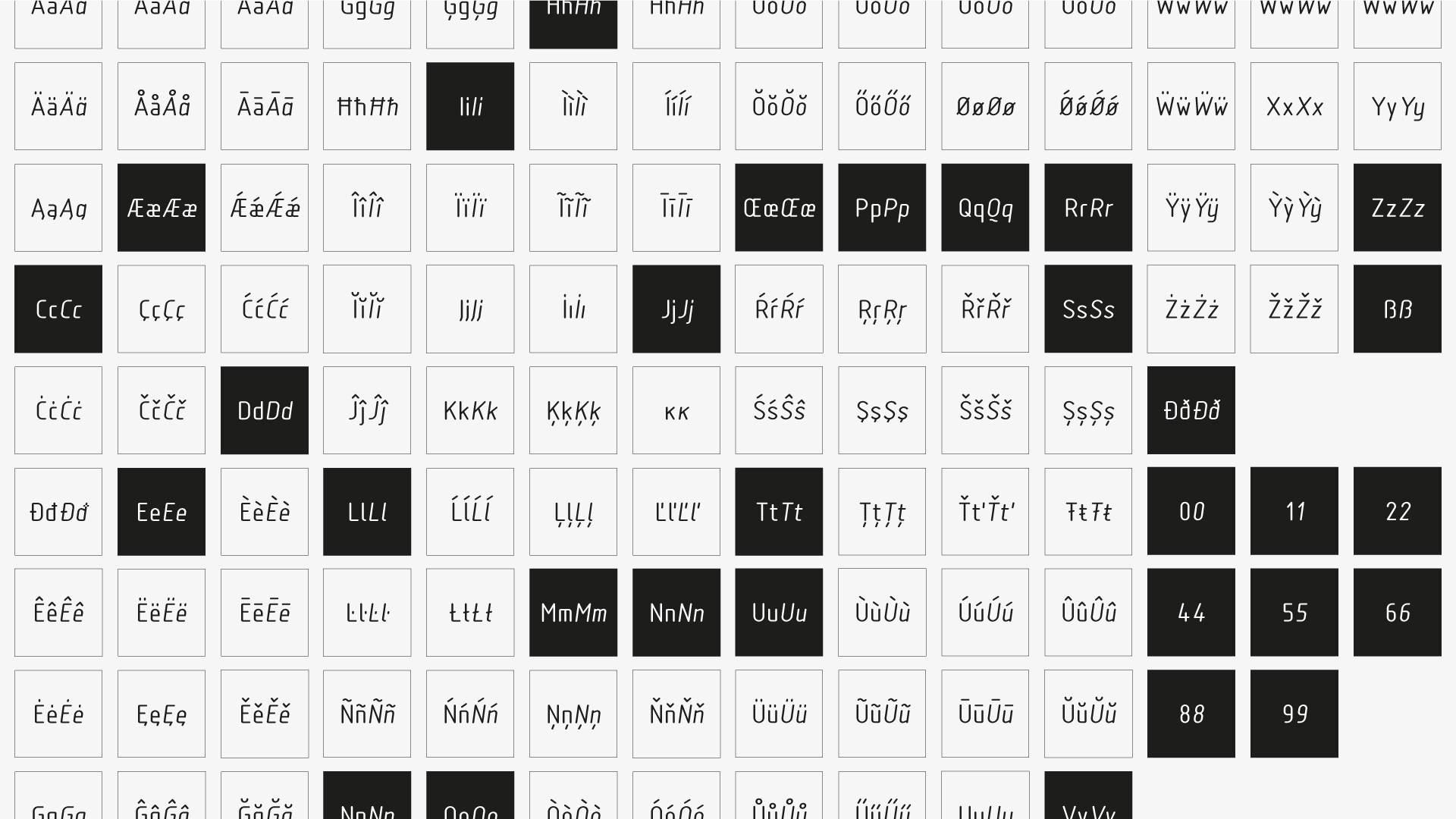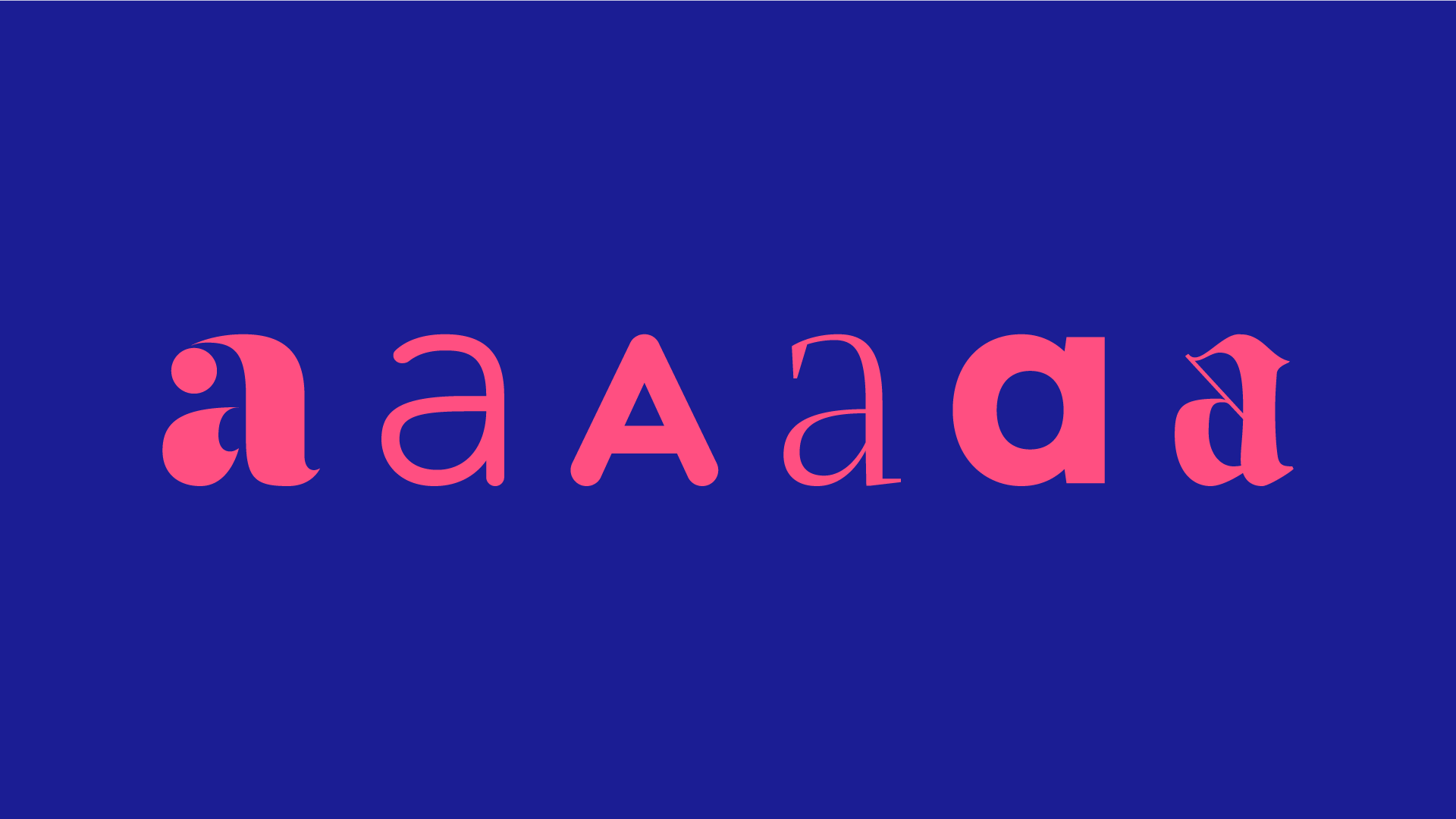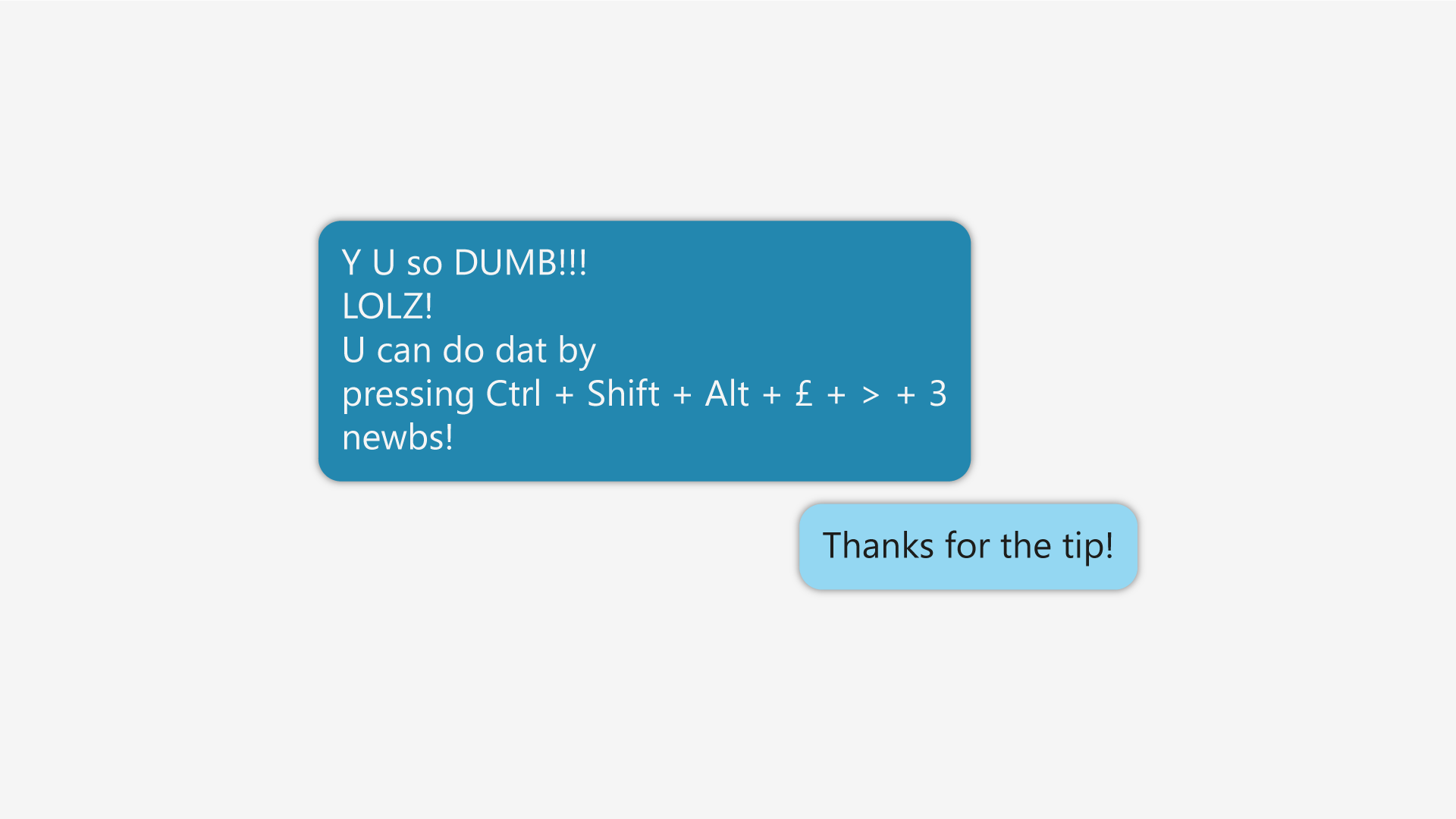Edit: Since the release of this article, a couple of things changed: the project is now called Typerobics and it has a dedicated microsite!
If you’ve been paying attention to my Facebook or Twitter feeds (or even Behance, but not as much up-to-date), you’ve certainly noticed that I’ve been posting a custom lettered word (almost) daily.
And people have been asking why I started doing so, and this article is about just that.
0. Introduction
OK, first things first: before I tell you why, let me tell you how I ended up doing it.
This is a shameless copy of an idea. Not that it’s something new, since daily exercises are as old as art. But to be clear, Oscar Guerrero Cañizares, the super talented man behind Sumotype Foundry (profile here) has been doing it for a long time; and I’ve been checking his stuff for an equivalent while.
So, if you’re expect an incredibly interesting story, worthy of a novel, here you go: I asked him if I could copy the idea and he said yes.
This introductory story serves two purposes: first of all, check his work, since he’s a skilled type designer and a very nice guy, out of our interactions. Second, Oscar, thank you!
People have also been asking how to I pick the words and how do I get a briefing:
- Word picking: I use this random word generator, and sometimes, if I get stuck, I cheat with this Scrabble solver. Since I try to keep every exercise down from 40 minutes (unless I’m trying out a style that I’m not comfortable with), so I end up cheating. There you go: I’m human.
- Briefing: This wildly varies, but I can reduce this to two paths: either I use TypeCooker to randomly generate a briefing (hence the name) or I draw whatever I want to.
With this cleared out, let’s onto the whys, meaning, the reason of this article.
1. Improving Fast vs. Font Development Takes An Awful Long Time

For me, this is the main reason. Font developing is so time consuming (some times it takes years to develop a family [I’ve lost count of how many times I redesigned something, just to get it right]), that it makes the process of exploring letterforms incredibly slow. Sure, you have to make a lot of fonts to tackle and learn about font tech issues, but the drawing process (technically speaking) isn’t that complex at all: Bézier curves, metrics and kerning.
Understanding form and becoming dexterous with it, however, it’s a whole different league; and we only improve that by constantly drawing, specially with variety.
Font developing may stall you from improving your formal skills, since you get to focus on the same thing for ages. In these exercises it’s just a word, not a gazillion glyphs across a myriad of axis, and you’re adapting your brain to formal and spacing skills in a variety of different shapes.
And, when you go back to font development, you get blazing fast at the drawing part (which is most of it, really), since you’ve solved some routine problems while practising, as well as improved your drawing technique.
2. Developing The Inner Do-It-All

This comes in the sequence of the previous section. As type designer or letterer, you want to tame as many styles as you can: you never know what people will ask you, right? Besides, how amazing would it be to sit down and confidently draw anything that comes to mind? Well, that comes with practice.
I try to challenge myself in these exercises. Whether with a style that I’m pretty bad at or by using a stop-watch, for example.
In Portugal, we have an expression for this: derusting the joints. If you’re not used to use your legs, the get rusted. So when you start using them again, it’s hard; but, in time and perseverance, it gets easier and easier – by moving, you scrap the rust out of your joints. Metaphorically, you only develop a skill by doing it over and over again, but you need that initial push before it gets easy.
3. Cheat, cheat, cheat

Oh, the pleasure of cheating! Lazy people, rejoice!
Joking aside, cheating is actually very useful. While developing a font family, the perfectionism light is on all the time. And this puts you (well, at least me) in a mental state where you’re over-concerned about… everything. Apart from taking some of the pleasure away, this hyper-focus refrains you from thinking out of the box, and so, from actually finding a simpler solution to the problem.
And the repetition involved in a huge amount of glyphs contributes to this.
4. Sharing Dumbness Is A Good Way To Get Schooled

Of course, these quick drawings have flaws. And when you post what you’ve done, people will pinpoint those flaws. Scary? Nope. Great? You bet.
By sharing with others, people will guide you on where to look and, with luck, what to do. I like to think that whatever I’m having a problem with, someone has already solved it; so sharing and letting people see what you do, even if it’s just an exercise, you’re actually putting yourself available to learn and improve, by the help of others.
As you saw above (and if you checked the Youtube channel) I also did some process videos (more will come, keep an eye out!). Aside from the compliments (these are great, don’t get me wrong), the constructive critiques are actually the best part, even if people think that you’re being dumb.
Well, if they think so, they’re probably right. But this can be a good thing, since a lot of people who think you’re dumb try to prove that you’re being dumb, which means that they’ll explain a easier way to do the same thing.
5. The Survival Of The Fittest Approach

Everyday, I get a started font.
One of the most frequent questions about my work is how I get ideas for typefaces. Well, I start a lot of them and, eventually, I end up wanting to develop one of the doodles/sketches into a full family.
Let’s say that 95% (or more) of what I’ve started will never end up as a ready-to-ship typeface. At the same time, I’ll never end up without something to pursue. And if the desire to finish stuff is the source of longevity, man, I’m immortal.
6. It Builds Your Portfolio, The Fast Way

This one is a no-brainer. In a week, you get 5 to 7 pieces of work to show. In a month, 20 to 30 (or 31. Or 28. Damn you, February!). In a year, 260 to 365. Do I need to say more?
7. It Builds Your Audience

The algorithm that sticks Facebook pages’ posts onto subscribers walls is terrible. Well, it’s awesome for Facebook, since I imagine that it’s a splendid source of revenue, but for someone who wants to see his own stuff seen by others, it’s terrible. Unless you pay for exposure, most (and with most I mean 99% of the people) of the people will only see it if they visit your page.
Since I started doing this thing, there are people of consistently come every day to check it out. And don’t get me wrong: they’re not friends of mine on Facebook.
And these people who come everyday (or very often) are your biggest asset in word-of-mouth. Heck, they’re becoming experts about what you do! So, who better to talk about your work?
By the way: guys, you spoil me everyday, I’m so grateful for such dedication, you guys are my motivators! Thank you, from the heart!
Soppiness aside, giving people something they value on a regular basis is the core of building a following. And having a following that respects what you do does several things:
- Keeps you motivated: because you know people expect something from you, while positively reinforcing you with their attention;
- Provide feedback: which, as we discussed in §4, can be a way to learn and develop skills;
- Validates you in the market: a prospecting client can easily find if you have a following. So, having the support of your peers is even better, since other people are actually telling that you know what you’re doing.
8. Prospecting Clients Have A Better Idea Of Your Skills

Simply because you have more to show, more recognition from your peers, in a wide variety of styles and, due to practise, better quality. What client doesn’t want this?
This can even work as a Pantone chart for letterists and type designers, but instead of colors, you get styles. And, the best part, is that you don’t even have to make mockups so your client knows what you’re talking about: it’s already done.
Prospecting clients have an immediate array of styles available to pick from, even before he decides to say a word to you. Win-win.
9. Wrapping Up
As you might have noticed, I’ve became a huge advocate of daily exercises. And although I wrote this through the lens of my own experience, these reasons and practises are extensible to other areas beyond type design and/or lettering.
I hope that you had a good time reading this and, if so, feel free to share the articles in the buttons below!
See you next article!